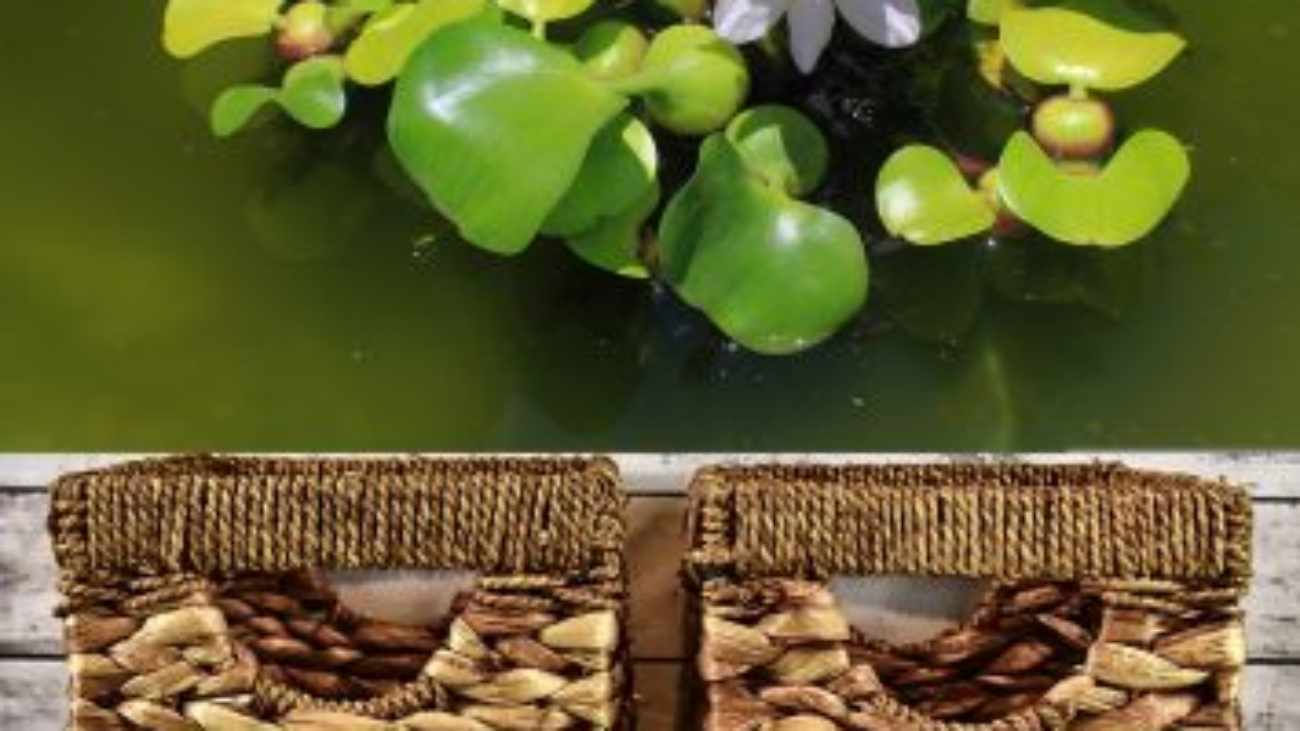What is waterhycinth
Introduction
Water hyacinth (Eichhornia crassipes) is a free-floating aquatic plant native to the Amazon Basin. Although it is known for its striking appearance, its rapid growth and ability to cover large water surfaces often lead to dense mats. Consequently, this plant poses significant challenges to various ecosystems. In this post, we’ll explore its physical characteristics, ecological impacts, and control measures.
Physical Description
To start with, water hyacinth features:
- Leaves: Thick, glossy, and rounded, typically ranging from 10-20 cm in diameter.
- Flowers: Lavender to pink with six petals, which emerge in clusters above the foliage.
- Roots: Feathery and purplish-black, extending downward into the water.
Ecological Impact
Given its invasive nature, water hyacinth can drastically alter aquatic environments:
- Invasive Species: This plant ranks among the world’s worst aquatic weeds due to its rapid growth. For instance, it can double its population in just two weeks.
- Water Quality: Dense mats block sunlight, leading to decreased oxygen levels in the water. As a result, fish and other aquatic life suffer.
- Navigation: Water hyacinth obstructs waterways, which hinders boat traffic and affects commercial activities.
- Biodiversity: By outcompeting native plants, it reduces overall biodiversity in the affected areas.
Control Measures
To mitigate these issues, various control strategies are employed:
- Mechanical Removal: Using machinery or manual labor to physically remove the plants.
- Chemical Control: Applying herbicides, although this method can have environmental side effects.
- Biological Control: Introducing natural enemies, such as the weevils Neochetina eichhorniae and Neochetina bruchi, which feed on water hyacinth.
Uses
Despite its negative impact, water hyacinth has some beneficial uses:
- Biomass: It serves as compost and a biofuel source.
- Crafts and Products: The plant is used to make baskets, furniture, and other handicrafts.
- Water Purification: It helps in wastewater treatment by absorbing pollutants.
Conclusion
In conclusion, water hyacinth illustrates how an attractive plant can become a problematic invasive species when introduced to non-native environments. Therefore, effective management strategies are essential to mitigate its adverse effects while harnessing its potential benefits.

